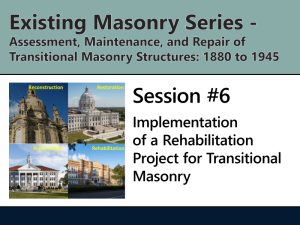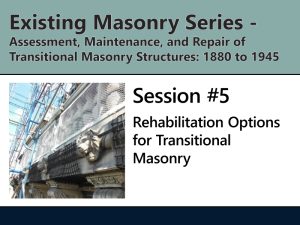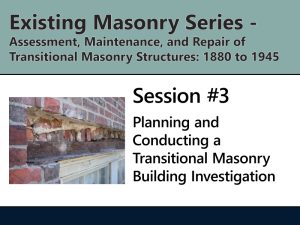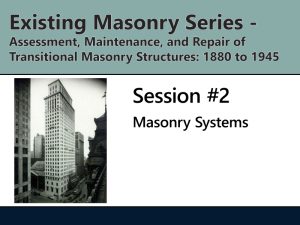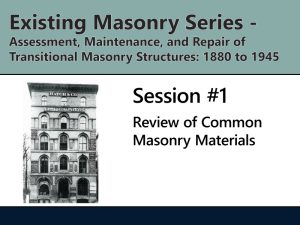
Assessment, Maintenance, and Repair of Transitional Masonry Structures #7: Developing a Maintenance Plan for Existing Masonry
While masonry is extraordinarily durable, maintenance is required from time to time. Based on inspection and assessments performed, issues may be found that require regular monitoring. Learn about common maintenance for masonry to ensure it continues to serve as intended. Techniques to routinely monitor the condition of masonry, cracks and more will also be discussed.…

